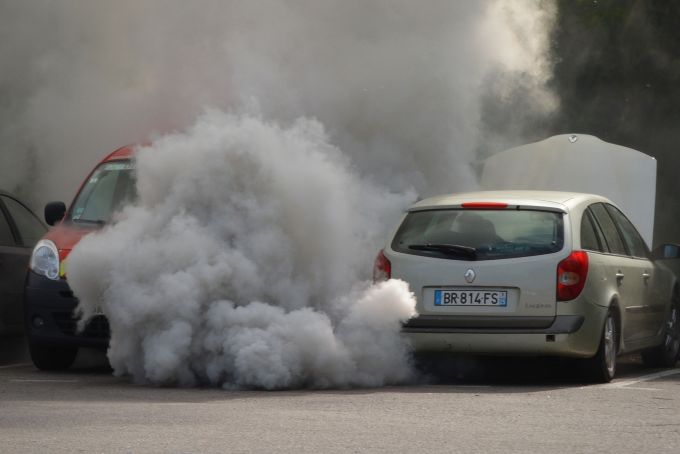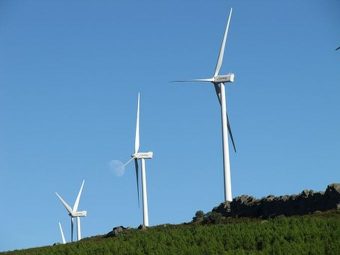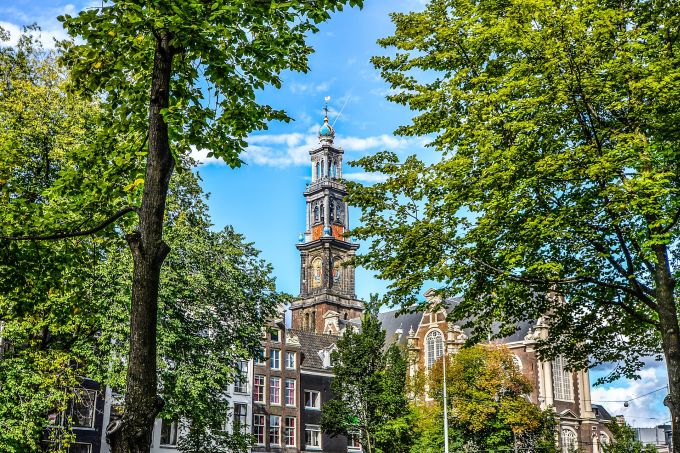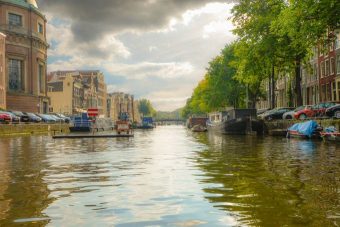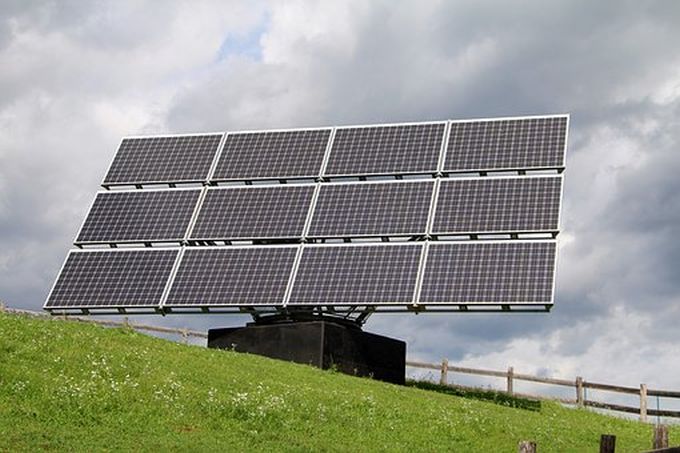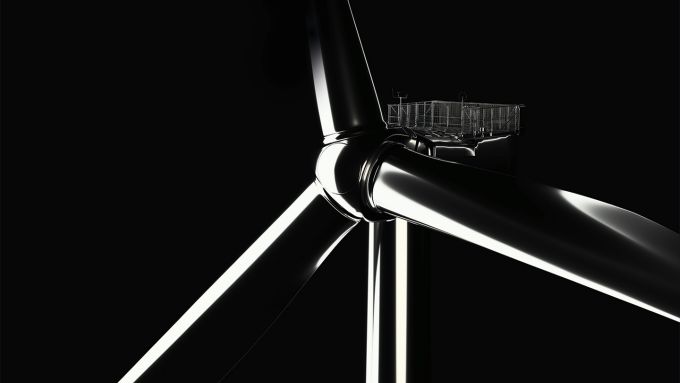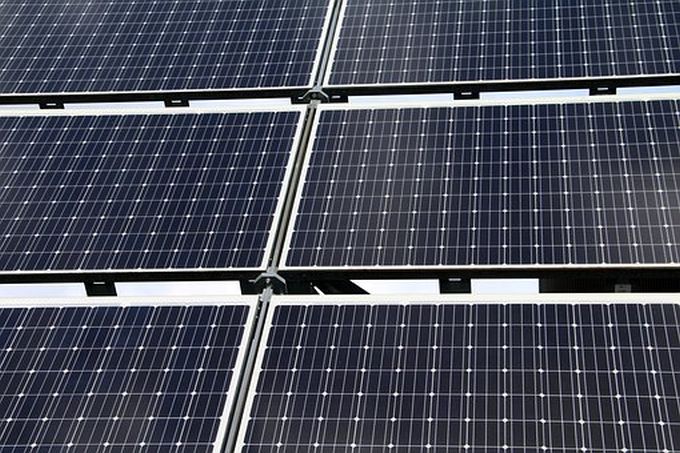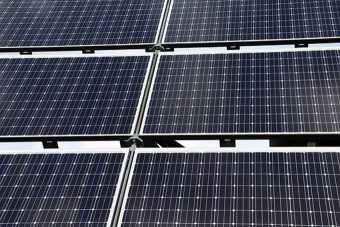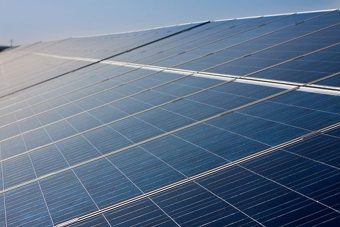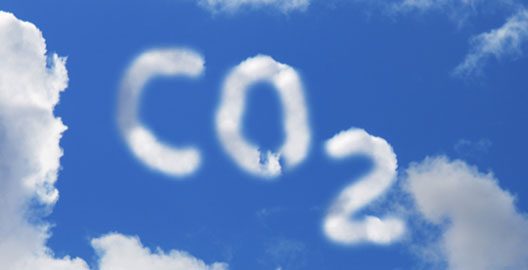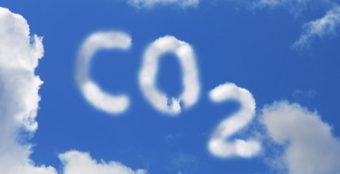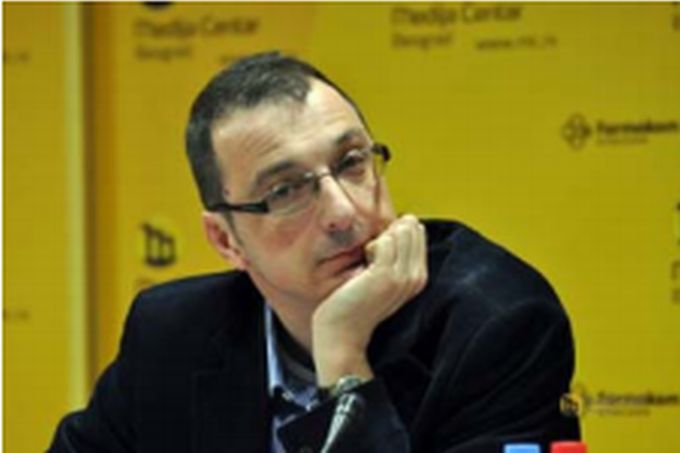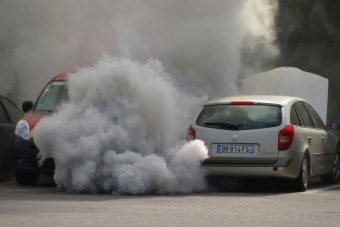
The release of May 2017 sales figures for France’s auto market has revealed that diesel car sales there are continuing their slow decline, with the diesel share of the total “car” market in France falling to a two-decade low of 47.7%.
It should be realized that the diesel share of the market is still essentially matched or greater than the petrol/gas share, but this is clearly a state of things that is now slowly changing.
While the decline of diesel is of course a welcome development as regards the country’s air pollution problems, it has been accompanied by a slight move away from small compact cars and towards larger crossovers and SUVs. Such vehicles are of course less fuel efficient than smaller cars.
The move towards crossovers and SUVs may well continue until the next fuel spike hits — which may still be several years off now.
Source: cleantechnica.com


